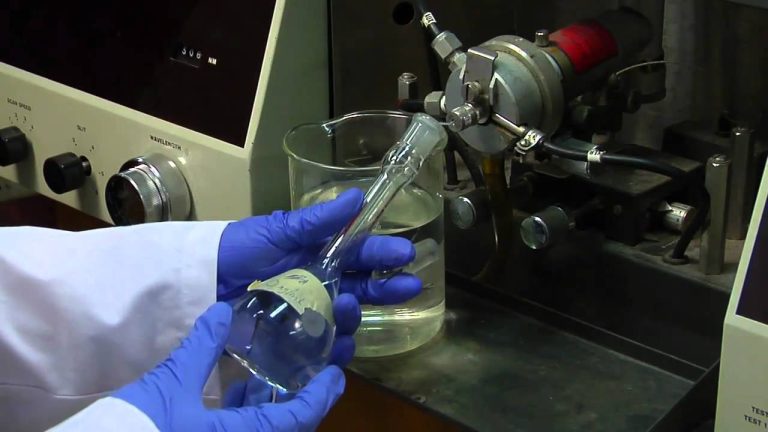Basic Details and Applications of Atomic Absorption Spectroscopy
Atomic absorption spectroscopy is an inexpensive technique and also very easy to use. Its ease of use is one of the major factors that make it a wonderful addition to many laboratories across the globe today. The primary application of this machine is the analysis of the various elements present in a solution. It has a wide application and has been used in various industries. Educational institutions also find it useful. Its wide application has reached several areas, including pharmaceutical analysis and clinical research. It is also applicable to water, beverage and food researches. Additionally, it is useful mining operations, in which case it is used for determining the percentage of the precious metals in an ore among many other purposes. If you are new to this technique, you will learn about atomic absorption spectroscopy basics in the remaining part of this write-up.
Check below for more of the many outstanding features of atomic absorption spectroscopy.
Very popular technique
Atomic absorption spectroscopy is one of the most popular techniques you can ever find out there today. As we have described earlier, the technique is useful for the detection of metalloids and metals in a given sample. The technique has proved itself to be very simple to use and even scientists with basic knowledge can find it useful. The reliability of the technique is also outstanding in all sense of the word. Atomic absorption spectroscopy basics indicate its outstanding qualities and ability to analyze so many elements perfectly; studies show that it can analyze over 70 elements. You can trust the technique for the perfect measurement of the metals that are present in a given sample. The very first atomic absorption spectroscopy was developed as far back as 1954. Since then to date, this technique has been improved and has now become one of the most outstanding techniques in research laboratories across the globe.

Some of the elements detectable using this technique are:
- Lithium
- Beryllium
- Boron
- Sodium
- Magnesium
- Aluminum
- Silicon
- Potassium
- Cesium
- Scandium
- Titanium
- Chromium
- Etc
Principle of operation
The atomic absorption spectroscopy works on the idea that gas or free atoms produced in a given atomizer is able to absorb radiation at a particular frequency. The atomic absorption spectroscopy can be used for measuring the rate of absorption of the ground state atoms you can find in a sample present ion gaseous state. The atoms can absorb visible light or ultraviolet. It can also make transitions to higher electronic energy levels. The concentration of absorption can determine the analyte concentration. Before the instrument can be used for sample analysis, it first needs to be calibrated using a standard that has a known concentration. Some of its components are:
- Atomizer
- Monochromator
- Detector
- Nebulizer
- Hollow cathode lamb

